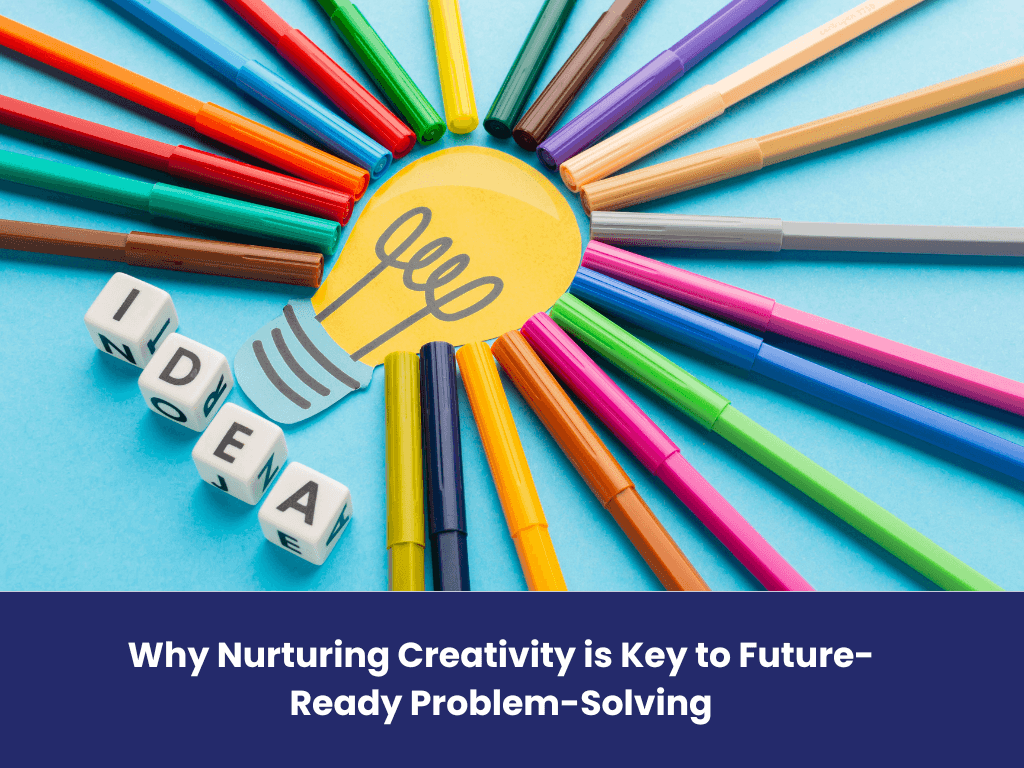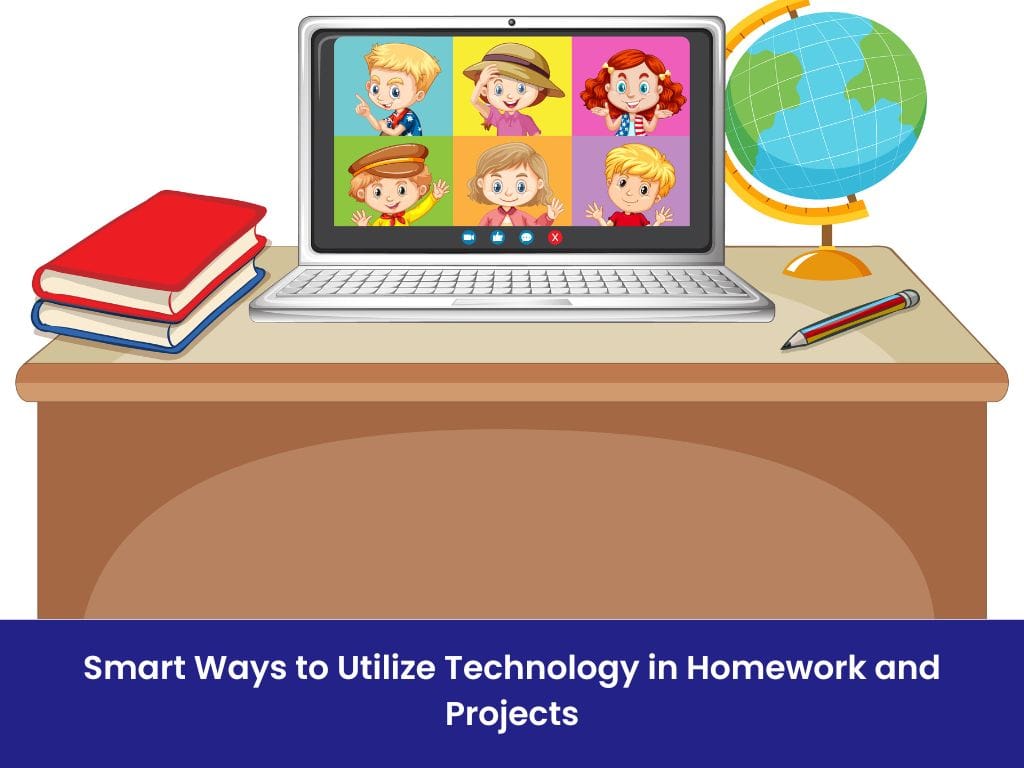Hybrid Learning: The Future of Education
Introduction
With the rapidly changing world we are living in today, the education landscape is shifting to fit the needs of the modern learner. Perhaps the largest change of the past few decades has been the introduction of hybrid learning. This flexible education model marries classical classroom learning with web-based learning systems, taking the benefits of both and putting them into one system. With technology taking an ever-more dominant position in the classroom, hybrid learning is more than a fad—it’s the future of education and teaching.
What is Hybrid Learning?
Hybrid learning, or blended learning, is a form of learning that combines the study of a curriculum both in the classroom and online via the Internet. Students can attend traditional classroom classes some days and complete other aspects of the course online at home. This model differs from conventional wholly online education. With hybrid models, face-to-face interactions remain significant but augmented and enhanced by electronic aids, taped lectures, interactive practice, and online collaborative software.
How Hybrid Learning Works
In a shared class, the timetable is usually shared between:
Face-to-Face Sessions:
The students interact with the instructors directly, have discussions, labs, or group work.
Components Online:
Students watch video lectures, complete assignments, quizzes, and engage using learning apps or discussion forums.
Technology platforms such as Google Classroom, Zoom, Microsoft Teams, and custom-designed Learning Management Systems (LMS) are core tools in hybrid learning models. They enable structuring content, monitoring students’ progress, and student-instructor communication.
Advantages of Hybrid Learning
1. Flexibility for Students
Hybrid learning allows learners to study according to their own pace. If they are stuck, learners can always refer to video lectures or written notes. It is especially useful for learners who have diverse learning needs and styles.
2. Increased Student Participation
With the incorporation of multimedia, gamified lessons, and live classes, hybrid learning has the ability to make the lessons more interactive and engaging. Students are not longer passive recipients but the ones actively participating and taking charge of the learning process.
3. Acquisition of Digital Competencies
By learning the various technology tools and platforms, students also acquire important digital literacy skills. They are valuable for intellectual development and career preparation in the digitally networked environment of today.
4. Personalized Learning Paths
Teachers have it easier to monitor performance data with online tools and provide more targeted feedback. It is simpler to know where a student is doing well or not and make adjustments to instruction easily.
5. Increased Readiness to Counter Disruptions
Whether it is a pandemic, personal crises, or other unforeseen interruptions, continuity is provided by hybrid learning. Hybrid learning enables smooth switching from offline mode to online mode by schools when required.
Challenges Confronting Implementation of Hybrid Learning
Even with many benefits, hybrid learning also has its drawbacks:
Technology Access:
Not all students have the same access to high-speed internet or computers in their homes.
Teacher Training:
Teachers should be well trained to design and conduct successful hybrid lessons.
Discipline of the student:
Self-control and time management are required in home learning, which is challenging for young students.
Online Test Challenges:
Performance monitoring and academic integrity are difficult to ensure in online tests.
Hybrid Learning in Indian Schools
Indian schools, especially after the COVID-19 pandemic, embraced hybrid learning. Urban regions with better infrastructures were able to embrace it easily, while rural regions found it challenging. Nevertheless, the government and the private sector have been working to close this digital divide.
A number of Best CBSE Schools in Jaipur managed to successfully incorporate hybrid learning in their curricula through the use of platforms like Google Classroom, Byju’s, and home-designed apps to balance physical learning with digital support.
Hybrid Learning Vs Online Learning: Key Differences
One should not confuse hybrid learning with online learning. While both make use of digital tools, hybrid models retain aspects of physical classrooms, which most parents and students would rather have. Online learning is different from hybrid learning, which still possesses the human element and interpersonal interaction.
Role of Teachers in Blended Learning
In a hybrid model, teachers are mentors and facilitators. They are not only responsible for the delivery of content but also guiding students through the learning process. They choose resources, track students’ progress, and engage students in active participation off and on campus. Teacher training and online training play a vital role in the hybrid model. Schools frequently organize regular workshops to enable teachers to utilize digital resources more efficiently and develop effective hybrid lesson plans.
Role of Parents and Students
Parents also have the responsibility of creating an efficient hybrid learning environment at home. From creating a distraction-free learning environment to encouraging routine, parental involvement keeps younger students on point and in line. Meanwhile, students must also learn to manage their time, establish self-study habits, and embrace technology—a combination of academic discipline and independence.
How the Best School in Jaipur is Leading the Change
With evolving learning needs shifting in the global world, the Best school in Jaipur is more and more adopting hybrid models that integrate academic rigor with flexibility. The schools realize the need to equip the students with skills that can be used in the actual world through responsive and tailored learning settings. Their hybrid classrooms integrate classroom engagement with sophisticated technology to equip students with a changing world.
Conclusion
Hybrid learning is not just a stepping stone to the future—it is a model that is sustainable for the future of learning. By combining the best of in-class and online learning, it meets a broader spectrum of students’ needs and readies students for a tech-savvy, responsive world. As schools move forward, the hybrid model becomes the norm, not the norm-busting exception. Adopting it now enables teachers, students, and parents to build a stronger, more productive learning community that’s prepared to take on whatever the future holds.


